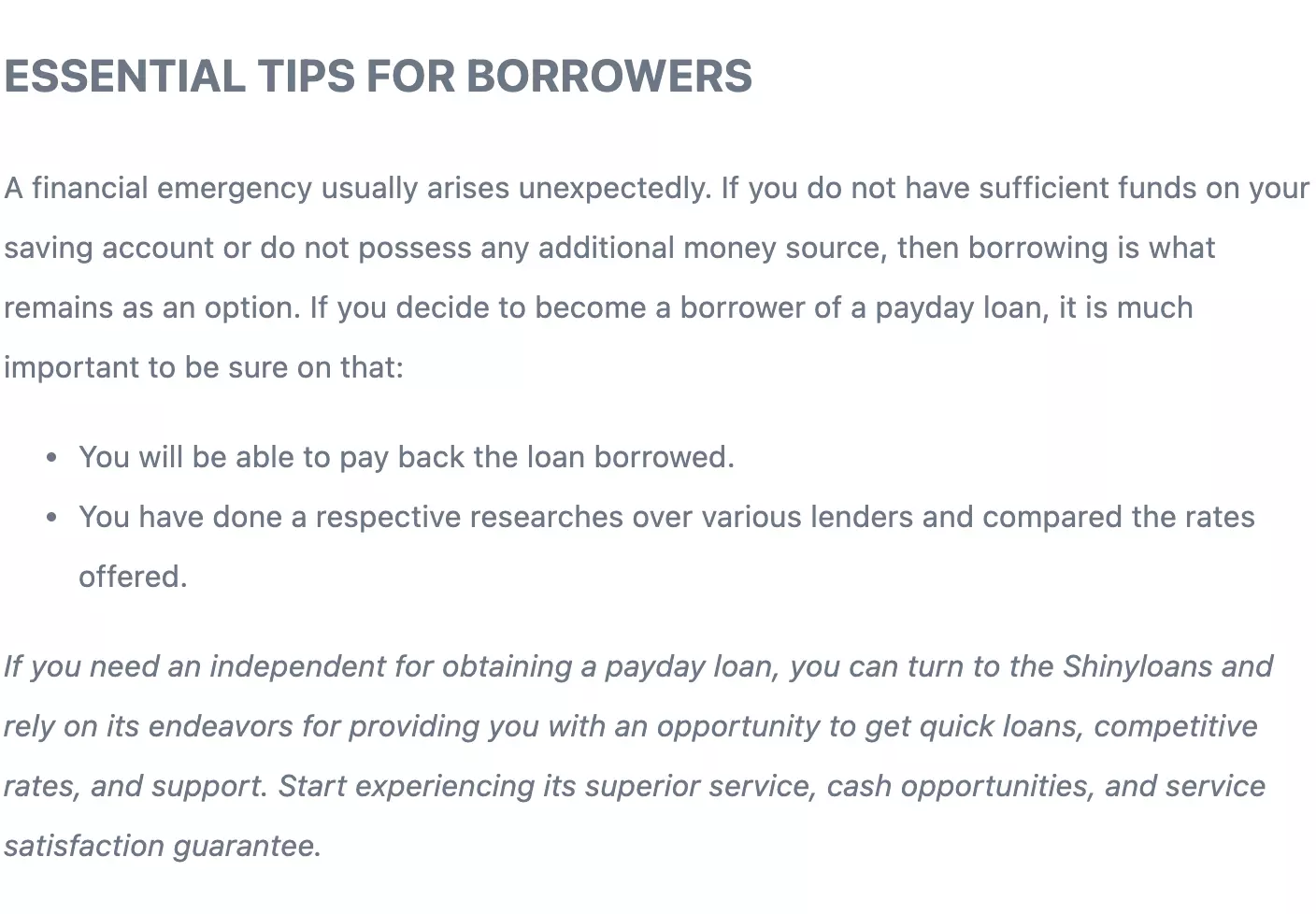If your bills have grown overwhelming or you face foreclosure on your house, you may consider filing for bankruptcy. While bankruptcy may be the only option for some people, it has major ramifications that should be considered before making any decisions.
Bankruptcy is a legal procedure that federal bankruptcy courts supervise. It is intended to assist people and organizations in eliminating all or a part of their debt. On the one hand, bankruptcy seems an excellent option to get financial relief; however, on the other hand, it brings up unpleasant consequences such as affecting your credit. Bankruptcy records may stay on your credit report for more than seven years, thus affecting your borrowing power and restricting your chances to get a loan with reasonable terms in the future. It may also result in higher insurance premiums and hinder your ability to find work or rent an apartment. This article will describe what bankruptcy is, how it works, and what alternatives you may have at hand.
Filing for Bankruptcy
Before filing for bankruptcy, you are advised to confer with an attorney. Indeed, this is not a compulsory step you have to decide on; however, the Administrative Office of the United States Courts strongly suggests consulting with an attorney since bankruptcy may have both legal and financial consequences.
First things first, before filing bankruptcy, you are required to opt for a credit counselor authorized by the Department of Justice's U.S. Trustee Program. This is the primary step to finding a bankruptcy alternative based on your specific financial situation. Although the Federal Trade Commission states that counseling is free of charge if the customer cannot handle the payment otherwise, it may cost around $50.
Types of Personal Bankruptcy
.png)
The most common forms of bankruptcy available to individuals in the U.S. are Chapter 7 and Chapter 13.
Chapter 7
Chapter 7 bankruptcy, also referred to as straight bankruptcy, is the default bankruptcy option for many Americans. Chapter 7 aims to create a new beginning. It is not just faster than other options, but it is also the most prevalent type of bankruptcy. Only in 2020, more than 70 percent of bankruptcy cases have been filled with Chapter 7.
Chapter 7 entails the liquidation of assets to compensate creditors. However, assets like pensions, public benefits, equipment for the job, or a portion of the equity in your house and/or vehicle can be retained. On the other hand, all your non-exempt assets will be seized and sold to distribute cash to your creditors. Property other than your primary residence, bank or investment accounts, R.V.s, boats, and second cars are deemed to be non-exempt assets. Be informed that with Chapter 7, almost all your debts will be discharged, except student loans, taxes, and child support.
Chapter 13
Under the Chapter 13 bankruptcy plan, we understand that the debtor agrees to submit a credit repayment plan (generally varies between three-five years). To approve the repayment plan, the court states that it has been put forward in good faith, compatible with the aims of the Bankruptcy Code. In simple terms, Chapter 13 enables you to keep your assets in exchange for debt repayment. Chapter 13 is a common choice for those who strive to keep the non-exempt property intact and eliminate foreclosures and seizures.
Listing Debts
Whether you file bankruptcy with chapter 7 or chapter 13, most likely, you will be requested to provide the court with the list of your outstanding debts. Here are two categories your obligations fall into:
Secured: This is a collateralized form of lending, meaning that a borrower has backed his debt with valuable assets. Mortgage loans and car loans are some of the most common examples of secured loans.
Unsecured: Debt that has no backed collateral, such as credit cards, payday loans, or personal loans, is a non-collateralized funding option.
As a rule, the bankruptcy court prioritizes collateralized debt since the failure to repay the loan enables the debtor to seize the collateral. Once you present all necessary information to the court, it's time to choose a trustee to enforce and monitor the implementation of the debtor's contractual obligations. Then the court grants an automatic stay, preventing creditors from obtaining the assets through property seizure or foreclosure.
The Bottom Line
Indeed, bankruptcy is a last resort for those deeply stuck in debt with no chance to pay bills. However, before declaring bankruptcy, there are some less expensive alternatives everyone should consider first. Moreover, with bankruptcy alternatives, you will be less likely to hurt your credit, thus negatively affecting your borrowing ability.
For instance, instead of waiting for bankruptcy settlement, you can try to find out whether your debtor intends to compromise your debt. In practice, many lenders prefer setting a payment plan with considerably smaller payments than have worthless dreams to get debt back. You may even negotiate with the Internal Revenue Service (IRS) and fill taxpayer bankruptcy if you are eligible for an offer in compromise. The IRS may accept payment plans with lower amounts, enabling you to pay taxes you owe over a longer period.


.jpg)
.jpg)
(1).jpg)





.jpg)
.jpg)